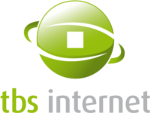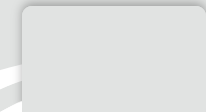HTTPS with yellow or grey triangle
Google Chrome: However, this page includes other resources which are not secure.
In Google Chrome, if you click on the HTTPS of the URL bar, you can see this alert:
Your connection to xxx.domain.com is encrypted with obsolete cryptography.
However, this page includes other resources wich are not secure. These resources can be viewed by others while in transit, and can be modified by an attacker to change the look of the page.
The connection uses TLS 1.2.
The connection is encrypted and authenticated using AES_256_CBC an uses DHE_RSA as the key exchange mechanism.
Or
This site uses a weak security configuration (SHA-1 signatures), so your connection may not be private.
Mozilla FireFox: The connection to this website is not fully secure
With a browser such as Mozilla Firefox, you can see a grey triangle with an exclamation mark before the HTTPS of the URL bar:
This website does not sypply identity information.
The connection to this website is not fully secure because it contains unencrypted elements (such as images) or the encryption is not strong enough.
Partially secured connection
Some parts of the page you are visiting have not been encrypted or the encryption level is too low to be safe.
Information sent via internet without encryption can be viewed by others while in transite.
Troubleshooting
- Check you SSL certificate installation with our tool: CoPiBot
On your certificate status page (on your Certificates center) you'll see a "check your certificate" button. Click it to make sure your certificate has correctly been installed.

N.B.: Our tool will only check the SSL / TLS connection, not the page content. - Browse the source code of your HTML page and to find "HTTP://" links and replace them by relative links or HTTPS ones.
- Check your servers configuration, especially criptographic protocols: CIPHERS
- Our FAQ for APACHE
- Our FAQ for NGINX
See also: SSL/TLS Mozilla wiki
Useful links
- Consult our online documentation and get some help to install your SSL certificate on your server
- SHA1: Depreciation of SHA1 algorithm scheduled for 2015, 2016, 2017?




